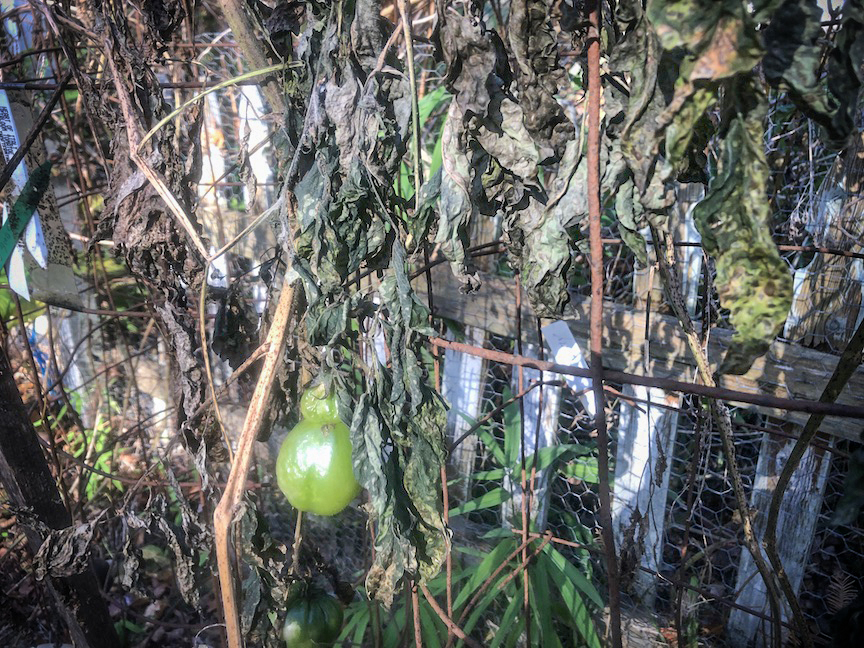
A stiff breeze blows dried oak leaves across a garden path where they collect under a tomato cage supporting dried vines. The tender garden is done after a remarkably long season. Peppers, impatiens beans, and anything else, which can’t survive frost, have succumbed to the cold. These plants should be removed from the garden, as they can be host to diseases and pests.
If you have a compost pile, anything that wasn’t diseased during the season can be put in there. For those without an area to make compost, this is a great time to start one, with all the plant material from the garden. This story explains how to start composting.
Once the beds have been cleared, this is the perfect time to improve them with organic matter, like the compost or well-aged animal manure. Fresh manure can burn plants and harbor diseases — it must be at least a year old. The compost is readily available at local nurseries in bags or by the truckload, too. A few inches spread on beds each season will replenish the nutrients which the plants took during the growing season.
After the organic matter is added, mulch the beds to prevent winter erosion. They will be ready to plant now as soon as spring arrives. Having those beds ready for planting means that early seeds of radishes, spinach, lettuce along with onion sets and other cool weather crops can be planted regardless of the amount of spring rain, as compost is well drained.
Try dropping some of those seeds into the compost during a February thaw and don’t be surprised if you see germination in mid-March or sooner. The leaves that are blowing across the garden are a great resource, which should never be wasted. They make a great mulch and addition to the compost pile when shredded. The whole leaves can be put into a garbage can and shredded with a string trimmer or run over with a lawn mower.
For a compost pile, they provide brown ingredients to complement the green material from the garden and kitchen. Every time the greens are added, covering them with the shredded leaves will make layers and very good compost. If the leaves are not too thick on the lawn, they can be mulched too, by using the lawn mower. As long as the results don’t mat up over the grass, they will provide nutrients as they decompose.
The perennial garden is treated differently. Experts encourage gardeners to leave their plants up for the winter and let the leaves stay where they are. Many of the perennials will provide food and shelter for everything from beneficial insects up to birds and other wildlife, too. Plants with hollow stems are a great place for the good bugs to spend the winter. It’s important to note that the dried perennial stalks and seeds heads should stay in place next spring until things warm up, usually in mid-April. Cutting them, budling the remains with string, and placing them on top of the compost pile, assure that all the beneficials will hatch out.
Ornamental grasses can be left up for those that enjoy their winter beauty, and cut to six inches in the spring. If the dried foliage though is blowing on to the neighbor’s lawn, they can be cut back now. If the center of the plant has died out, that means it’s time to lift and separate the clumps. This is a spring task and if you happen to have a jackhammer, it will come in handy. For many gardeners, there are still beds filled with cool weather crops like lettuce, kale, corn mache, spinach, Swiss chard, and more. They are growing under the protection in cold frames and other ways, too. Here’s a story about extending the season, what works in the fall and spring, too. Gardeners can grow something year-round outdoors in our climate. It’s bittersweet to see the garden going to sleep, but that’s the ephemeral nature of our season. It’s time for a little rest and then planning for spring planting, which will be here before you know it.
Still time to plant bulbs
With most of the vegetable garden put to bed for the winter, consider planting bulbs now for an unforgettable spring show. It’s a tradition for many gardeners who are thrilled with the anticipation of planting bulbs now. It’s another way to extend the season. Snowdrops and winter aconite can bloom in January if the stars align, if not then by March at the latest. There are 13 different divisions of daffodils — they are the harbinger of spring. Try planting early, mid and late season varieties to get blooms through most of spring. This story has all my tips and tricks for fall bulb planting along with my favorite varieties. You’ll be surprised at how many bulbs you can plant in a short time, which will come back for decades or longer.
Garlic is planted now for seven different spring harvests
The garlic from the garden is like a homegrown tomato — it’s unparalleled in flavor. October used to be the prime time for planting, but November has become the best time to plant garlic. It’s so easy, but requires the right garlic. It must either be locally grown from a farm or bought to plant from a nursery. Grocery story garlic might not be hardy and can be treated with something that stops if from sprouting.
Split the head into cloves, plant three inches deep and six inches apart in good soil, then mulch with a thick blanket of straw.
The bulbs are harvested in July, but here are some other ways to get more out of one planting.
Trees and shrubs love fall planting too
The cool temperatures and short days are conducive to root growth in plants, that’s why November is a great month to plant trees and shrubs and right now they are all on sale. It’s important to pick the right plant for the right place and know how big they will get. Once that’s understood, get out to the nursery and find something unique and wonderful for your garden. There are two mistakes gardeners make when planting: they go too deep and don’t dig a big enough planting hole. Make sure something called the root flare is above grade, that’s where the trunk meets the roots. Make sure the hole is at least twice as wide as the root ball.
Gardening Santa will be at Hahn Nursery 12/3 and 12/10
Every year the Gardening Santa visits Hahn Nursery in Ross Township. This year he’ll be there on Sunday, December 3 and December 10 from 11 a.m. until 3 p.m. Bring kids, family, and pets for free pictures with Santa and treats, too.
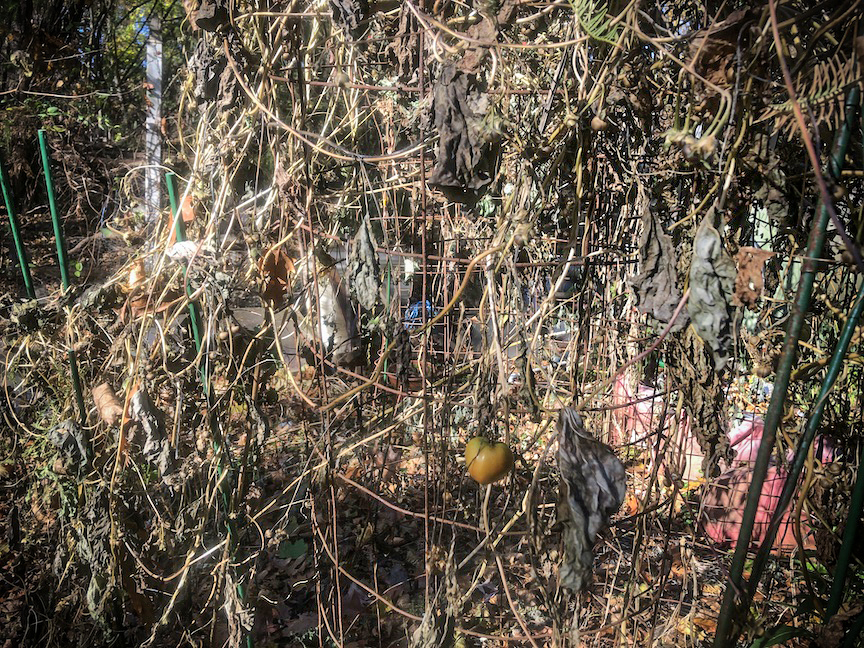

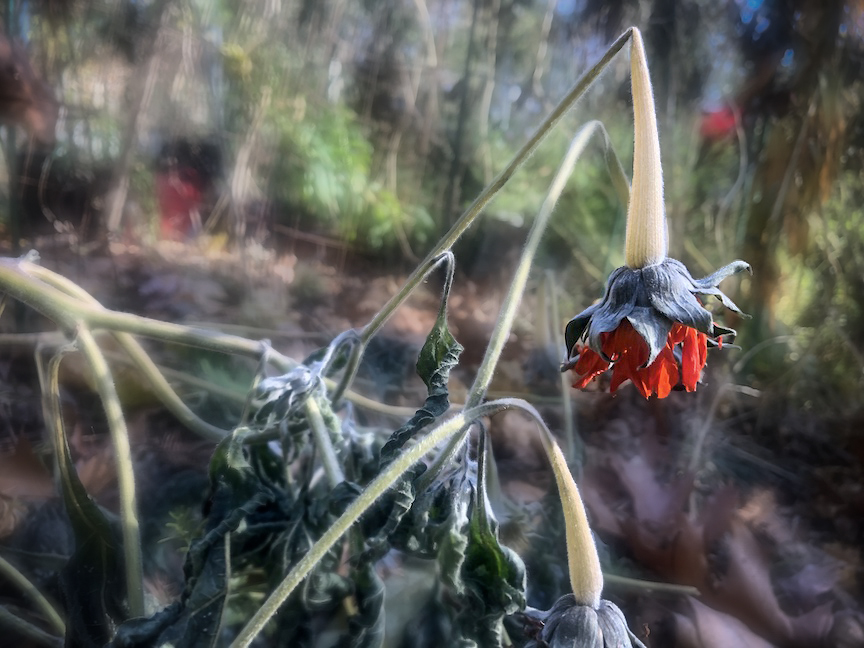
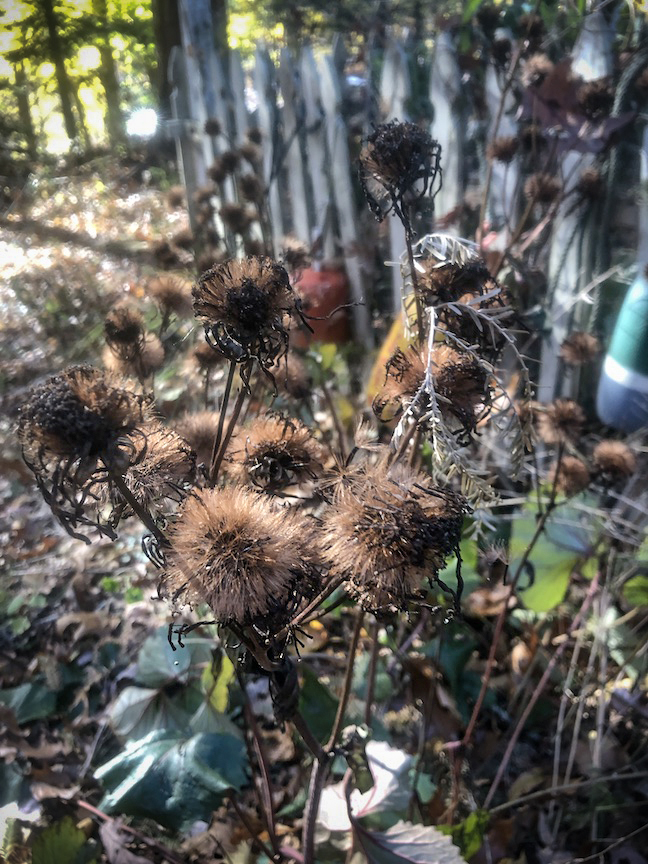
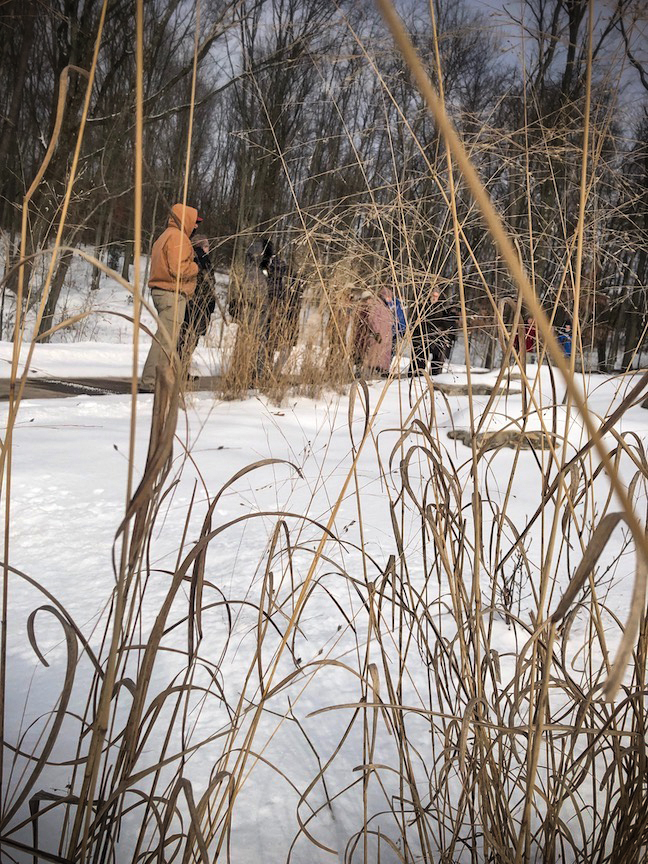

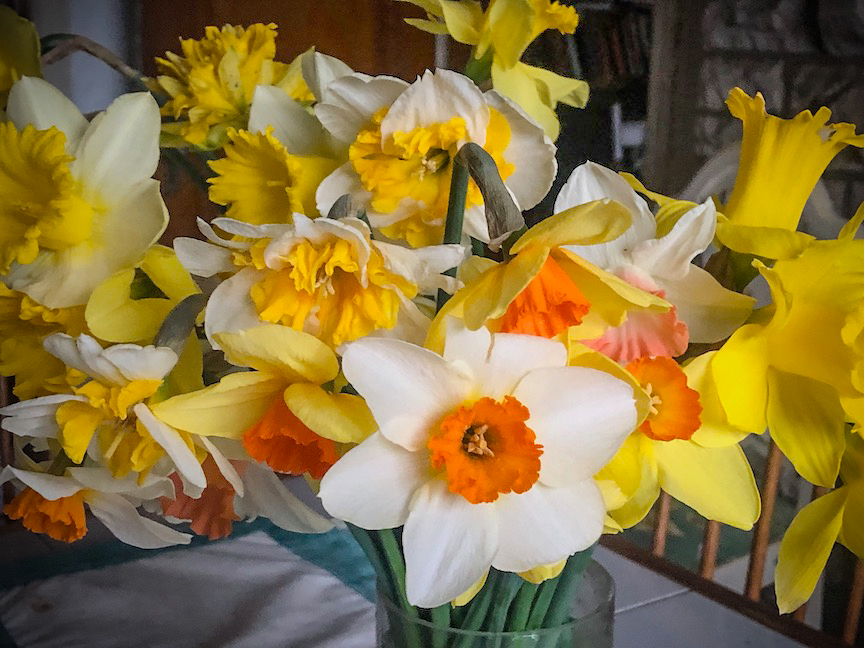
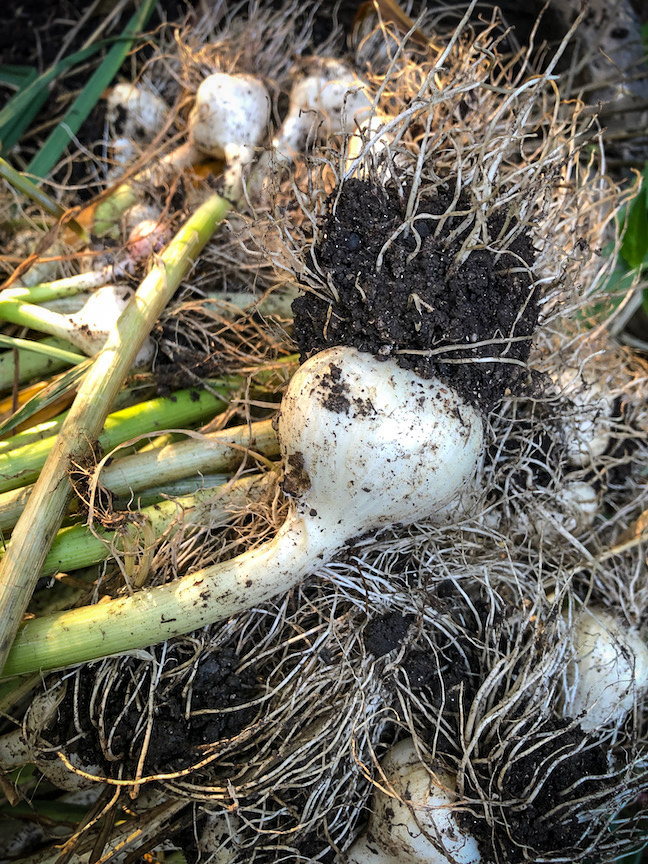

Leave A Comment